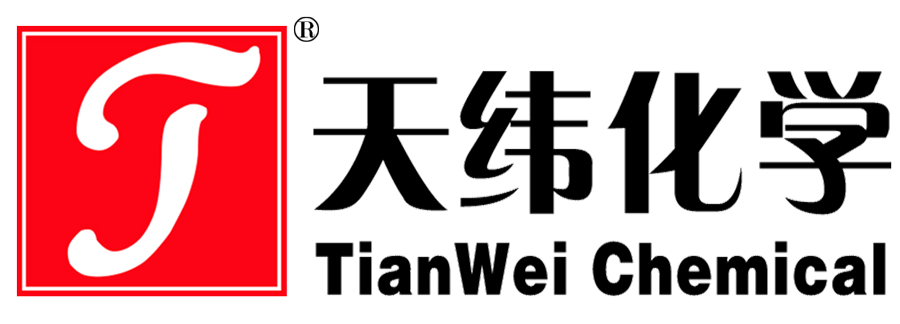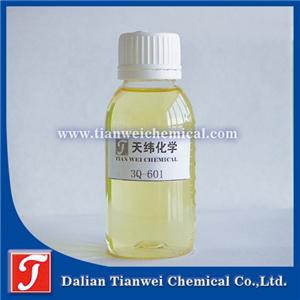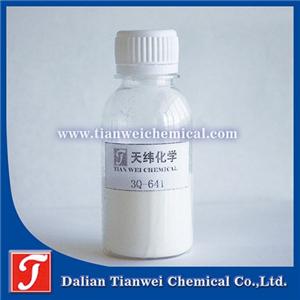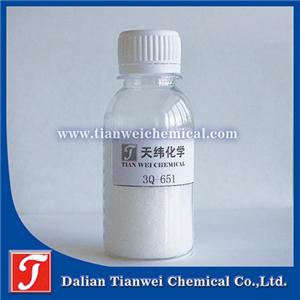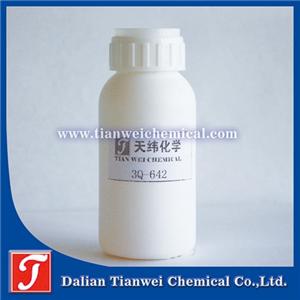The antibacterial and antifungal agent for synthetic rubber has an antibacterial rate of 99.9% and can prevent mold at level 0
Synthetic rubber antibacterial and antifungal agents are chemical additives specifically designed to inhibit or kill microorganisms (such as mold and bacteria) on the surface of synthetic rubber products. Their core function is to prevent rubber from discoloration, odor development, performance decline or shortened lifespan due to microbial erosion by disrupting the physiological structure or metabolic process of microorganisms.
I. Core Features
Broad-spectrum and highly efficient
The antibacterial rate against Gram-negative bacteria (such as Escherichia coli), Gram-positive bacteria (such as Staphylococcus aureus), and various molds (such as Aspergillus Niger and Aspergillus soil) can reach over 99.9%.
The anti-mold grade can reach level 0 (no growth of 6 mixed molds).
Strong stability
The decomposition temperature is usually above 300℃, and for some products, it can reach 450℃, making it suitable for high-temperature processing environments.
It is stable to acids, weak alkali solutions and ultraviolet rays, non-flammable and flame-retardant.
Safe and environmentally friendly
It complies with the EU RoHS Directive, contains no heavy metals, has no teratogenicity or carcinogenicity.
The acute oral toxicity (mouse) LD50 is greater than 10,000 mg/kg, which belongs to the actual non-toxic level.
Processing compatibility
White powder with good lipophilicity, it is easy to blend with rubber and resin, and does not change the physical and chemical properties of the product (such as strength and color).
It is applicable to a wide range of materials, including PVC, PU, silicone, latex, etc.
Ii. Application Scenarios
Rubber products
Automotive parts (such as sealing strips), building sealing materials, wire and cable sheaths, bathroom rubber pads, etc.
Prevent mold erosion in damp or high-temperature environments and extend service life.
Plastics and composite materials
It is suitable for antibacterial and anti-mold treatment of plastics such as PP, PE, ABS and PS.
For example: daily necessities such as plastic shells for refrigerators, computer keyboards, and plastic parts for washing machines.
Other fields
Improve the hygiene performance of products in industries such as coatings, adhesives, ceramics, fibers, and textiles.
Iii. Mechanism of Action
Destroy the cell structure
Metal ions (such as silver) combine with bacterial proteins, causing the cell walls to rupture.
Organic components penetrate cell membranes, interfering with DNA replication or enzyme activity.
Inhibit metabolic processes
Block the energy synthesis or nutrient absorption of microorganisms to prevent their reproduction.
Long-lasting protection
The compound fungicide extends the antibacterial period (up to more than 8 years) through slow-release technology.
